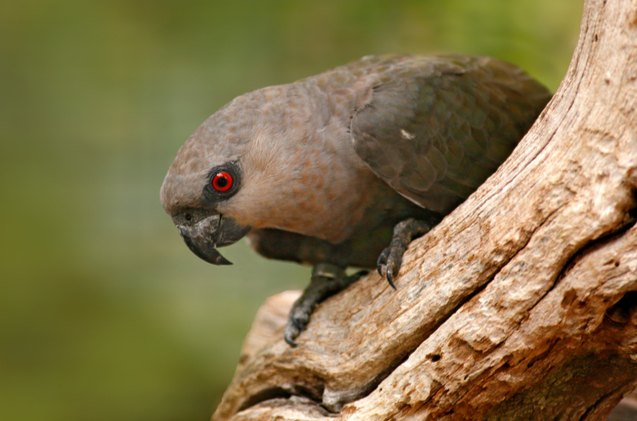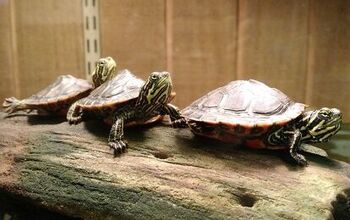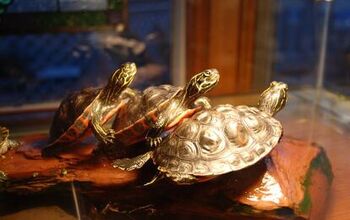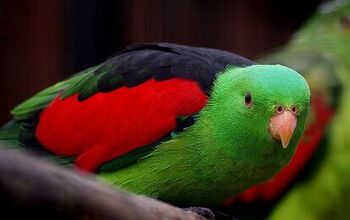Red Bellied Parrot


About Red Bellied Parrot
Like all the members of the African parrot family, the Red bellied parrot is an intelligent bird and makes a wonderful family pet. These parrots have a lot of awesome traits – they are affectionate, fun and playful, and they are great talkers. With its friendly personality, talking skills and the beautiful looks to boot, this bird is sure to charm you. So if you’re looking for a vibrant pet that is full of life and goofy tricks, then these African parrots could be a perfect choice.
These are some of the best talkers in the African parrot family. And with all their other great traits, they make lovely pets.
Native Region/Natural Habitat
Red bellied parrots are native to the regions in Eastern Africa. This includes parts of modern Kenya, Ethiopia, and Tanzania, stretching towards the Horn of Africa. They nest in tree hollows and flock in semi-arid, dry savannas and local brush land. They usually flock close to fresh water sources. Luckily, these parrots have great populations both in the wild and in captivity, all thanks to stricter laws and controlled breeding programs. They are common as pets all over the world.
These parrots are relatively small when compared to their close cousins, with adults reaching an average length of 9 inches (23 centimeters). They are also easy to distinguish – males and females of the Red bellied parrot breed are visibly different. These differences are mainly related to color on the chest. Like all other smaller parrots, they too are very energetic and sometimes mischievous and require a lot of space. Keeping your pet parrot limited to his cage is not advised – it can quickly lead to problems.
Most parrots that are natural to Africa are great talkers and mimics. These birds are no exception. Red bellied parrot can pick up simple words from an early age and build up a small vocabulary. These are often commonly repeated words and sounds. With a clear, slightly “artificial” voice, they will mimic and chat as much as they like. But besides all this, they are not too noisy and can be a good choice for apartment settings.
With bold and vibrant color accents that contrast the grey, the Red Bellied parrots are unique and pretty looking birds. The females are mostly grey, with the lower belly bright green. The males are different – while the wings and upper body are lighter grey, the belly is bright orange. They have unique, hawk-like beaks, and the distinct red irises. This intriguing combination certainly gives them a one of a kind look that simply commands attention!
African parrots are always unique, and Red bellied parrot is no exception- these are some beautiful birds!
Seeds, fruits, and Acacia plants are their favorite foods in the wild. A commercial seed mix for parrots will be a good start for a healthy diet. You should always offer them some fresh fruits and green vegetables. Added vitamins and nutrients are essential, and a cuttlebone is an excellent choice for that.
A preventive for all diseases is good hygiene. Baths, clean cages, and food and water dishes – make this your priority.
These are generally robust and hardy birds. They spend their average lifespan of 20 years without many troubles along the way. Regular checkups, good amount of attention and interaction, and a lot of free space will help immensely. To be on guard, remember some of the usual symptoms of sickness – heavy, labored breathing, apathy, and complete loss of appetite. Avoid extreme cold or heat, which can quickly deteriorate your parrot’s health. Always strive for the optimal conditions.
Red Bellied parrots are strong and healthy. Keep them that way by taking care of all the essential conditions and interacting with your pet.
These little African goofs are quite a lot of fun. With a generally friendly, sociable and energetic personality, there isn’t a lot you can complain about. Just make sure they get the freedom to explore, play with their toys and enjoy that cuddle every now and then. You will be quickly charmed by their natural tendency to learn new tricks, talk and generally be a silly, acrobatic little pet. There’s no doubt that they will become the favorite of the family.
Photo credit: Ondrej Prosicky/Shutterstock; Ruth Rodgers/Wikimedia Commons; Maggy Meyer/Shutterstock

A proud mama to seven dogs and ten cats, Angela spends her days writing for her fellow pet parents and pampering her furballs, all of whom are rescues. When she's not gushing over her adorable cats or playing with her dogs, she can be found curled up with a good fantasy book.
More by Angela Vuckovic
























